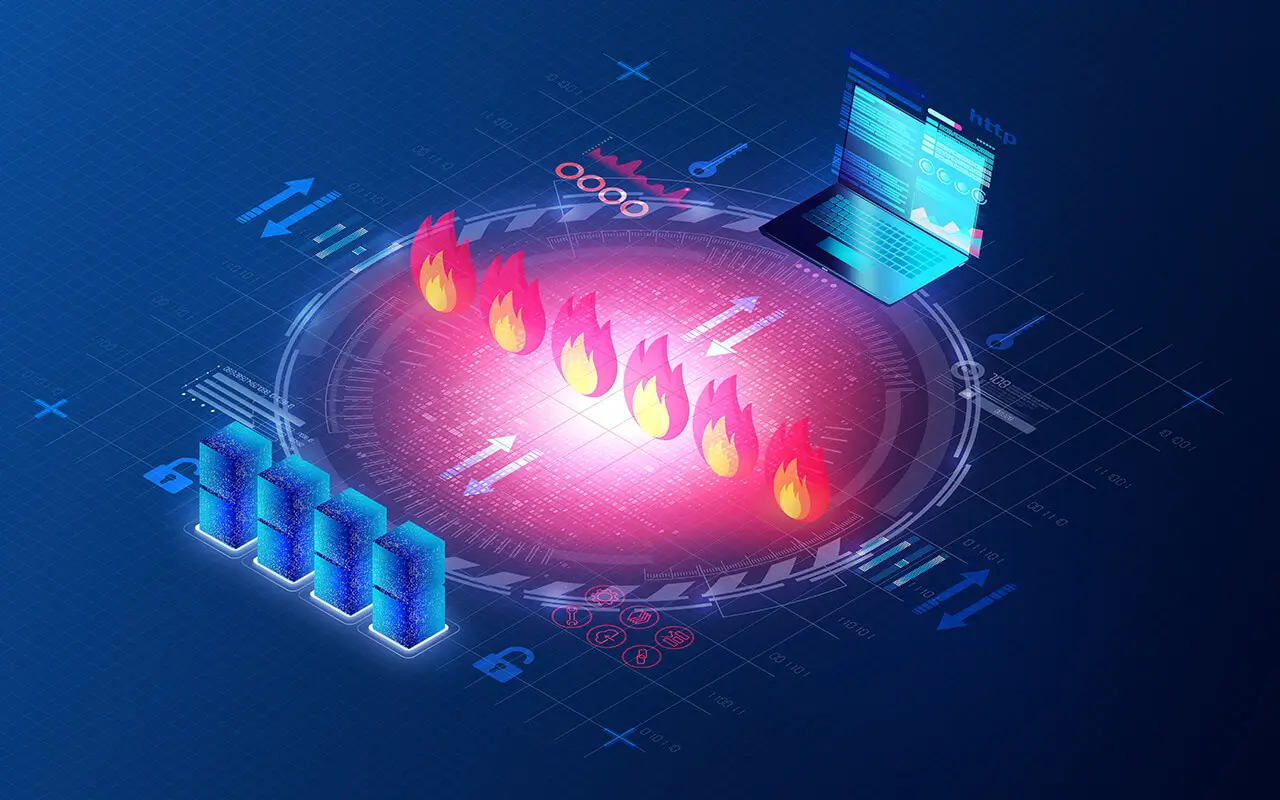Introduction on Firewalls: Safeguarding Your Business from Cyber Threats
Introduction:
In today’s interconnected digital landscape, cybersecurity has become a paramount concern for businesses of all sizes. One of the most fundamental tools in the cybersecurity arsenal is the firewall. In this comprehensive guide, we’ll explore the ins and outs of firewalls and how they play a pivotal role in protecting your business from cyber threats.
Understanding Firewalls:
Firewalls are the guardians of your digital fortress, standing between your internal network and the outside world. A firewall acts as a barrier, inspecting and controlling incoming and outgoing network traffic based on predetermined security rules. By doing so, firewalls can prevent unauthorized access and potentially malicious activities from compromising your systems.
How Do Firewalls Work?
Firewalls operate using a variety of methods to determine whether network traffic should be allowed or blocked. They often use rules-based filters to assess factors like IP addresses, port numbers, and packet types. Additionally, more advanced firewalls employ stateful inspection, which keeps track of the state of active connections to ensure that only valid traffic is allowed.
Types of Firewalls:
Firewalls come in several flavors, each tailored to specific security needs.
Network Firewalls:
Network firewalls, often referred to as traditional firewalls, are the first line of defense against external threats. They operate at the network level, analyzing traffic between your internal network and the wider internet. Network firewalls are essential for filtering out unwanted traffic and potential threats.
Application Firewalls:
Unlike network firewalls, application firewalls focus on specific applications or services. They examine the data packets passing through them and apply security rules based on the application-level protocol. This targeted approach offers enhanced protection against application-specific vulnerabilities.
Next-Generation Firewalls (NGFW):
NGFWs combine the capabilities of traditional firewalls with advanced features such as intrusion prevention, deep packet inspection, and application awareness. They provide a more holistic approach to security, allowing for more granular control over traffic and a better understanding of the applications running on your network.
Hardware vs. Software Firewalls:
Firewalls can be implemented either as hardware appliances or software solutions. Hardware firewalls are standalone devices that offer dedicated protection for your network. Software firewalls, on the other hand, can be installed on individual devices and provide protection at the device level.
Choosing the Right Firewall Solution:
Selecting the right firewall solution requires a careful assessment of your business’s unique requirements.
Assessing Business Needs:
Consider factors like the size of your organization, the sensitivity of your data, and the types of applications you use when choosing a firewall solution.
Scalability and Performance:
Ensure that the chosen firewall can handle your network’s traffic volume without compromising performance. Scalability is vital as your business grows.
Integration with Security Ecosystem:
Choose a firewall solution that integrates well with your existing security tools and management systems, enabling seamless monitoring and incident response.
Key Benefits of Firewalls:
Firewalls offer a range of benefits that contribute to a robust cybersecurity strategy.
Unauthorized Access Prevention:
Firewalls create a barrier that prevents unauthorized users and potential attackers from gaining access to your network and systems.
Traffic Filtering and Intrusion Detection:
Firewalls analyze incoming and outgoing traffic, identifying and blocking suspicious activities. Intrusion detection capabilities can detect and alert you to potential threats in real-time.
Malware Defense:
Firewalls can identify and block traffic that contains known malware signatures, providing an additional layer of defense against malicious software.
Content Filtering:
Some firewalls offer content filtering features that allow you to control the type of content that can be accessed from your network. This is particularly useful for maintaining a productive and secure work environment.
Firewall Deployment Strategies:
Implementing firewalls strategically is crucial for maximizing their effectiveness.
Perimeter Protection:
Placing firewalls at the perimeter of your network, between your internal network and the internet, is a common practice. This approach filters out threats before they can enter your network.
Internal Network Segmentation:
Segmenting your internal network with firewalls can limit the lateral movement of threats. This way, even if one segment is compromised, the rest of the network remains secure.
Cloud-Based Firewalls:
As businesses move more services to the cloud, cloud-based firewalls have become essential. They protect your cloud infrastructure and ensure consistent security across on-premises and cloud environments.
Best Practices for Firewall Management:
Effectively managing firewalls is key to their long-term efficacy.
Regular Updates and Patches:
Keep your firewalls up to date with the latest security patches and updates to address known vulnerabilities.
Rule Set Review and Optimization:
Periodically review and refine your firewall rules to ensure they align with your evolving security needs and business processes.
Monitoring and Incident Response:
Implement a robust monitoring system to detect and respond to any anomalies or breaches promptly. Develop an incident response plan that includes firewall-specific procedures.
Conclusion:
In an era where cyber threats are constantly evolving, a robust firewall remains an essential line of defense against unauthorized access, data breaches, and cyberattacks. By understanding the different types of firewalls, deploying them strategically, and following best practices for management, your business can significantly enhance its cybersecurity posture and safeguard its valuable assets.











